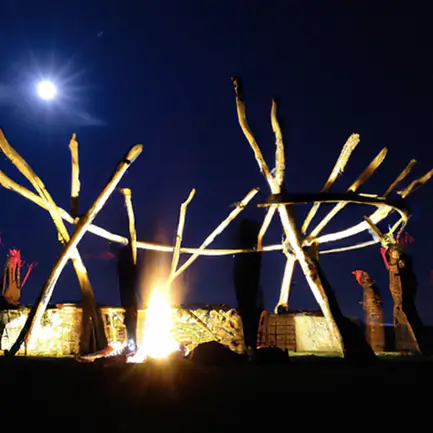The New Gilded Age, wars along the Russian border, a global pandemic, battles for women’s rights, even the Titanic: history does rhyme with the present. Yet as former New York Times columnist Bob Herbert once observed: “If history tells us anything, it’s that we never learn from history.”
That’s something we can realistically change. And if we do, we’ll have an easier time addressing the macro and multiple challenges humanity faces, and finding the pathways to necessary compromises and alliances with people across all borders.
But our blinders and misconceptions about the past constrain the knowledge that we have to plan for a better future. Societies don’t get much out of living memory because the longer-term ramifications from recent decisions generally remain unsettled, and most of the big problems we face are the cumulative products of decades or centuries of the wrong approach to humanity’s histories and transitions. To leverage and learn from humanity’s history regarding what fostered sustainability in the past, we need to know the outcomes.
The good news is that through concerted research in history and archaeology, we now know a great deal more about the different paths that people have taken and their outcomes than we did just fifty years back. Long-term perspectives on cities, states, and empires are now much fuller and more regionally diverse than was known decades ago. Synthetic, comparative analyses have been undertaken. We now know what worked and what did not.
To draw better inferences and learn from past human histories, it is necessary to challenge three pervasive myths, which fundamentally shape not just what we think about the past, but why so many see history as irrelevant when it comes to guiding the present and shaping the future. Each myth is pervasive and entrenched as the ideas and presumptions behind them were born and entangled with the roots of the Western tradition of social sciences, baked into the frameworks through which researchers traditionally study the past.
The first myth supposes that humans in their natural state are nasty, brutish, and self-absorbed, only tamed by the power and coercion of the state. Clearly, humans do have the capacity for great selfishness, but as a species, we also are better cooperators with non-kin than any other animal. This seeming paradox is explicable if we recognize that people are not by nature either uniformly cunning or cuddly, but rather humans, past and present, are capable of both cooperation and selfishness depending on context. Our nature is not one-dimensional. Cooperative behavior is situational; we engage when an individual’s wants dovetail with their larger social network. Lack of alignment short-circuits cooperation whether the network is large or small.
The first supposition or myth undergirds a broadly held second one—that large premodern societies were universally coercive or despotic in organization. Autocratic governance kept the ever-selfish in line, the argument goes. Ancient Athens and republican Rome generally have been categorically distinguished as the unexplained exception to this presumed premodern path, which came to an end just a few centuries ago when ideas from the Classical era were rediscovered, giving rise to The Enlightenment, when Europeans adopted reason, science, democracy, and more.
The latter scenario became the mid-twentieth-century justification for the third myth, the walling off of modernity from the deeper past. Only after the Enlightenment with rational thought could people organize themselves democratically, in forms of governance where voice, power, and resources were not monopolized by a few.
These three myths underlie the severing of deep history, especially non-Western pasts, from the present. Often in the absence of robust historical information, contemporary observations of non-Western peoples were categorically slotted into imagined pasts that led stage-by-stage to modernist Western presents and futures.
Progressive visions of human history spurred research in history, archaeology, and related disciplines. What we have learned over recent decades does not conform with those starting myths and expectations. Change was not linear, nor was it uniform from region to region. Likewise, premodern governance was not consistently despotic, especially in the Indigenous Americas. Yet in every global region, how people governed themselves shifted over time.
When it comes to the past, we also know the outcomes. And, in the region where I study, prehispanic Mesoamerica, cities that were governed more collectively with less concentrated power tended to persist as central places longer than those urban settlements that were ruled more autocratically. A similar pattern, albeit less definitive, was also found for a global sample of states and empires. More in-depth study is necessary, but these historical patterns seem worth investigating in other regions and probing further where they have been documented. The role and success of governance and institutions in facing and meeting the challenges of the past unlock a treasure trove of information that just may guide us toward better futures.


